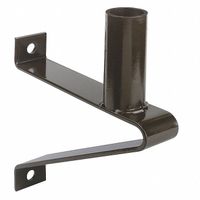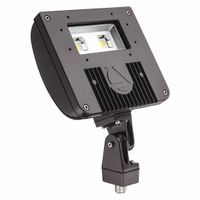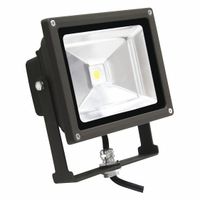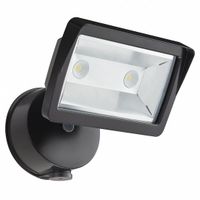- Home
- Lighting
- Outdoor Lighting
- Floodlights
Floodlights
Floodlights are outdoor lighting fixtures that project a high-output light to spotlight objects or increase visibility in dark or low-light areas. They have an adjustable-angle beam that can be rotated to focus on a specific area, and they can be mounted on structures, walls, poles, or the ground. L .....Read More
Frequently Asked Questions
What are the benefits of using LED floodlights over traditional floodlights?
How do I choose the right wattage for outdoor floodlights?
What is the best way to install floodlights for optimal coverage?
How long do LED floodlights typically last?
Are there any specific maintenance requirements for outdoor floodlights?
Can floodlights be used with motion sensors for security purposes?
What are the common applications for outdoor floodlights?




